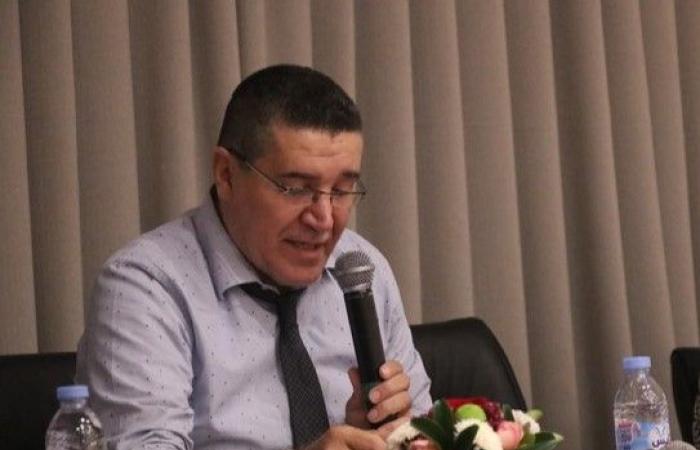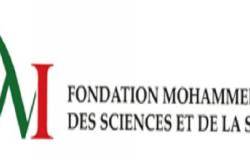
This initiative, placed under the aegis of the Royal Institute for Strategic Studies (IRES), is fully part of the Institute’s prospective and strategic lighting mission. A central actor of national strategic thinking, IRES has once again confirmed its role as a platform for collective intelligence, multidisciplinary scientific reference and impulse force in the formulation of structuring choices for the Kingdom.
A multidimensional expertise forum led by IRES
Through a rigorous methodology and exchanges based on international best practices, the IRES has piloted dense and structured discussions, making it possible to establish an inventory of technological advances in the field of electricality, while highlighting the challenges specific to the Moroccan context: regulatory framework, development of skills, financing, infrastructures and social acceptability.
Nuclear and green hydrogen: strategic coupling
Morocco, which aims to produce up to 9.3 million tonnes of green hydrogen per year by 2050, including 7 million intended for export, or almost 4 % of the planned global demand, relies on this complementarity to strengthen the industrial and energy viability of its model. For example, a nuclear power plant of 1 GW could generate more than 150,000 tonnes of green hydrogen per year, while stabilizing the national electrical network and reducing dependence on fossil fuels.
Tangible advances, structuring challenges
The debates made it possible to underline the progress made by the kingdom, in particular through reference institutions such as the Moroccan Nuclear Safety and Security Agency (AMSSNUR) or the Green Energy Park. However, several major challenges remain to be met:
- Modernization of the regulatory framework, to guarantee compliance with international standards;
- The strengthening of human capital, through the creation of sectors specializing in nuclear engineering, applied physics, regulation and risk management;
- The mobilization of innovative funding, in particular via public-private partnerships, green obligations or multilateral funds;
- Improving social acceptability, by pedagogy, transparency and territorial consultation.
A roadmap for a lasting nuclear sector
The work carried out led to the development of a structured roadmap, articulated around four strategic pillars:
- Consolidation of the legal and institutional framework, to secure the investment and operating environment;
- Strengthening technological diplomacy, through partnerships with advanced nuclear countries (France, United States, China, Russia, etc.);
- Lighted technological selection, with particular attention paid to Small Modular Reactors (SMR) and fourth generation technologies;
- Systemic nuclear integration, in synergy with the objectives of carbon neutrality, the national green hydrogen strategy and regional interconnections.
IRES, strategic vision catalyst
Beyond its organizational role, the Royal Institute for Strategic Studies has established itself as a central player in national reflection, spurring a high-level intellectual dynamic and orienting work towards coherent and ambitious future prospects. By its capacity for analysis, its scientific rigor and its transversal positioning, IRES has been able to embody a real strategic lever, contributing to the development of a national vision of nuclear power fully inscribed in the commitments of the kingdom and global challenges.
Conclusion: a lucid ambition, a model for the Global South
In a rapidly changing world, the Moroccan model, based on anticipatory governance, solid institutional engineering and strategic support from IRES, could inspire many countries of the global south in search of credible, balanced and sustainable solutions to meet the challenges of the 21st century.







